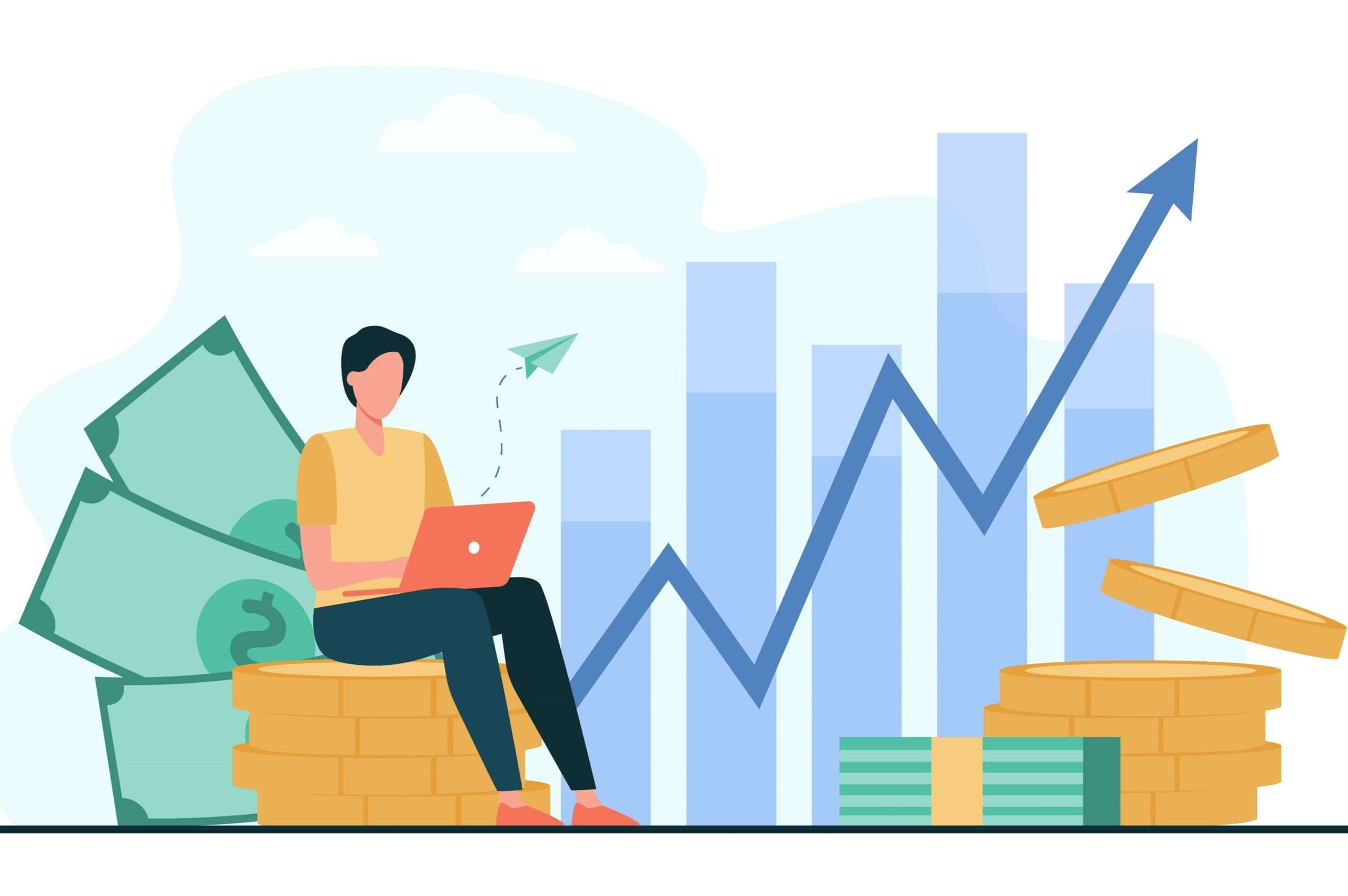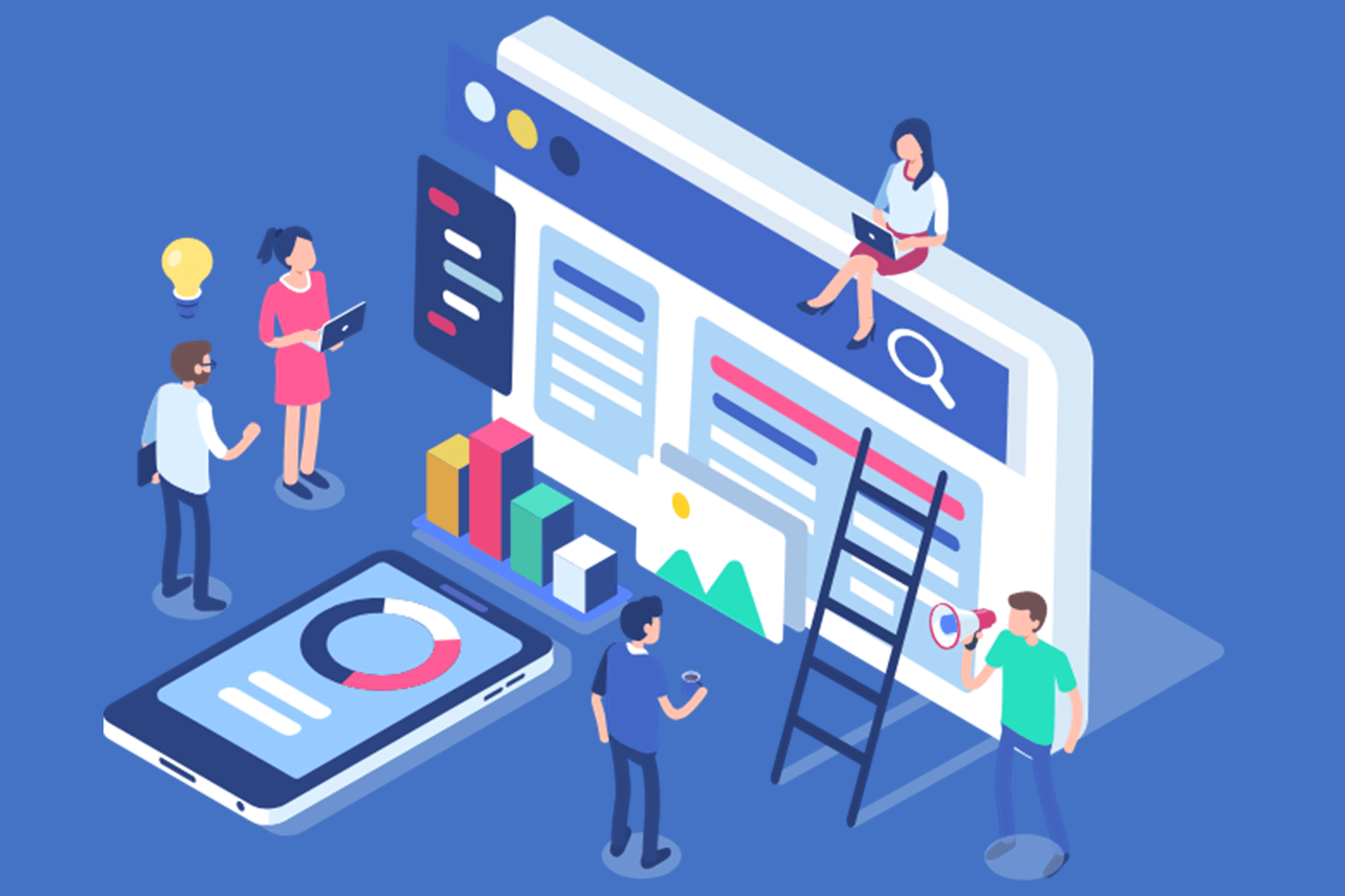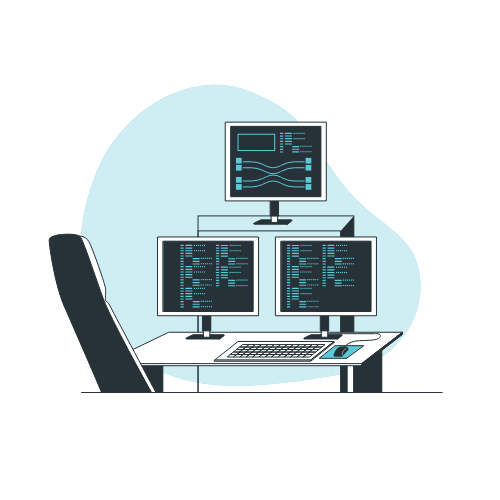In the fast-paced realm of technological development, achieving the right balance between cost and quality is a vital but difficult task. This equilibrium not only impacts the immediate triumph but also the long-term sustainability of any project, influencing everyone from fledgling startups introducing their initial applications to well-established companies overhauling their information technology infrastructure. This article delves into the intricacies of the relationship between cost and quality, providing developers and businesses with crucial strategies to navigate this complex terrain.
The Duality of Cost and Quality
To achieve success, it is crucial to comprehend the relationship between cost and quality. Cost is not just limited to financial expenses but also takes into account indirect costs like opportunity costs, potential revenue loss due to late entry into the market, and ongoing maintenance expenses. Quality, on the other hand, refers to the value and effectiveness of the final product. It includes various factors such as user experience, reliability, performance, and compliance with specifications. Organizations can make informed decisions and strike the right balance between cost and quality by understanding the interplay between the two to achieve their desired outcomes.
The Iron Triangle and Beyond
The traditional “iron triangle” principle of project management suggests that cost, time, and quality are interdependent factors, and you can only manage two out of these three factors at a time. However, modern agile methodologies have evolved to overcome this limitation. By adopting agile approaches such as iterative processes, continuous testing, and customer feedback loops, project managers can balance all three factors more effectively. This allows them to deliver high-quality products within reasonable timeframes and budgets, resulting in better project outcomes.
Understanding Cost Implications

When it comes to development costs, there are three main types: fixed, variable, and hidden. Fixed costs are constant and don’t change, regardless of the project’s size or duration. In contrast, variable costs fluctuate depending on the scope and length of the project. Hidden costs, often overlooked, can have a significant impact on the budget. These costs include expenses such as technical debt, which arises when temporary solutions are implemented, leading to costly rework later on. It’s important to consider all three types of costs to ensure that the budget is accurately calculated and the project is executed efficiently.
The Boeing 787 Dreamliner Case Study
The case of the Dreamliner is a compelling instance that demonstrates the adverse effects of implementing cost-cutting measures on a project’s progress. By opting to outsource production to minimize expenses, Boeing faced severe setbacks and quality concerns that eventually led to the project’s costs exceeding the initial forecasts by a considerable margin. This highlights the criticality of taking into account both immediate and future financial implications while making decisions that may impact a project’s financial viability.
Quality: The Non-Negotiable Element
In the realm of software development, quality goes beyond just the basic functionality of the product. It encompasses the entire user experience, the durability of the product, and exceeding the expectations of stakeholders. High-quality software must have reliable performance, efficient functioning, and stringent security measures. It should also be easy to maintain, as this leads to longer product lifespans, reduced maintenance costs, and an improved brand reputation. Therefore, software developers must prioritize quality in every aspect of their work to ensure a successful end product.
Martin Fowler’s Insight
Martin Fowler is a highly respected proponent of Agile methodology who places great emphasis on the importance of writing code that is both clear and concise. This approach can have a significant impact on the maintainability of software, reducing the likelihood of errors and improving overall quality. By following this principle, developers can save valuable time, resources, and effort in the long run, ensuring that their projects are efficient, reliable, and easy to maintain.
Striking the Balance: Strategies and Best Practices

Prioritizing Project Elements: Distinguish “must-have” features from “nice-to-have” ones, collaboratively involving stakeholders, developers, and end-users.
Cost-Effective Strategies: Adopt open-source tools, build Minimum Viable Products (MVPs), and reuse existing resources judiciously.
Agile Methodologies: Utilize iterative development, continuous feedback, and adaptable approaches for better cost-quality alignment.
Leveraging Technology and Tools: Employ IDEs, code libraries, version control systems, and data analytics tools like Spotify’s Big Data and AI approach.
Real-World Examples:
Airbnb’s Tech-Driven Customer Service: This case showcases how AI chatbots can deliver high-quality service at scale, optimizing resources and enhancing customer satisfaction.
Toyota’s Kaizen Principle: Toyota’s continuous improvement philosophy demonstrates how prioritizing process optimization and employee empowerment can lead to quality enhancements without cost overruns.
Avoiding Common Pitfalls
Underestimating Project Scope: Thorough planning and feasibility studies are crucial to avoid cost overruns and delays.
Insufficient Testing: Conduct regular quality checks throughout the development cycle to identify and address issues early on.
Future Trends and Predictions

Over the past few years, there has been a significant transformation in the development landscape, thanks to the emergence of cutting-edge technologies such as Artificial Intelligence (AI), Machine Learning (ML), and Cloud Computing. These advanced technologies are revolutionizing the way developers work by optimizing processes, improving product quality, and offering cost-effective solutions such as flexible cloud infrastructure and automated tasks. The integration of AI and human developers is predicted to bring more innovative and efficient development processes to life. This will enable a new level of collaboration between humans and AI, leading to unprecedented levels of productivity and creativity in the development sector.
A Continuous Journey of Development Optimization
To achieve sustainable and high-quality outcomes, it is essential to balance cost and quality while staying abreast of the latest technological advancements. Wise choices, effective technology utilization, and learning from successful examples can transform your development approach and help you achieve success. By keeping these principles in mind, prioritizing wisely, and leveraging technology, you can reach your goals with confidence.
Implement these strategies, prioritize wisely, and leverage technology to transform your development approach and achieve success.




